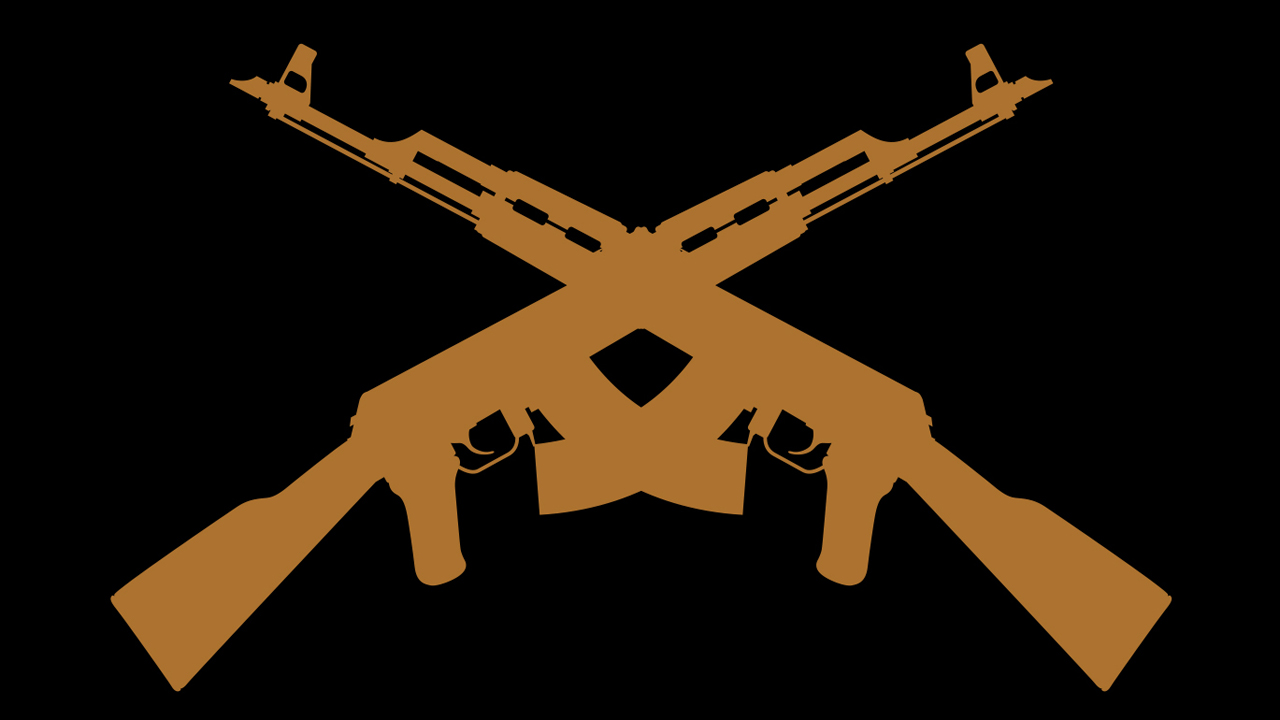Branding Terror — a book by graphic designer Francesco Trivini and former counter-terrorism analyst Artur Beifuss — is a fascinating study on the aesthetics of terrorism. The book is meant to serve as an encyclopedia of the logos and symbols that terrorist organizations around the world use as their calling cards, and an analysis of these images from a design perspective.
In a recent interview with We Make Money Not Art, Beifuss described which logos he found most effective and the wider effects of these charged visuals.
In the digital age, logos can go viral modified and used for all kinds of contexts. It is not uncommon to see fashionably dressed women and men wearing t-shirt with Hezbollah logos. Just google ‘hezbollah’ and ‘girls’ to understand what I am talking about. Seeing the logo in such a context tells the recipient that Hezbollah’s ideology is indeed applicable in contemporary society. At least more than watching bearded men talking to a camera somewhere in the mountains of Waziristan.
For such an ambiguous concept, terrorism has brought into being a surprising number of distinct representational images the world over. In the interview, Beifuss also discusses differing definitions of terrorism, but doesn’t get overtly political about it. The truth seems to be that terrorism is in the eyes of the beholder: One man’s peaceful activism can easily be another’s terrorism.
Branded Terror gets as close to the core of what the mainstream perceives as “terror” as possible, and dispassionately dissects how these groups use visuals to draw people to their ideologies. Examples of logos from the book are above. (Lead Image: Branding Terror Cover)



